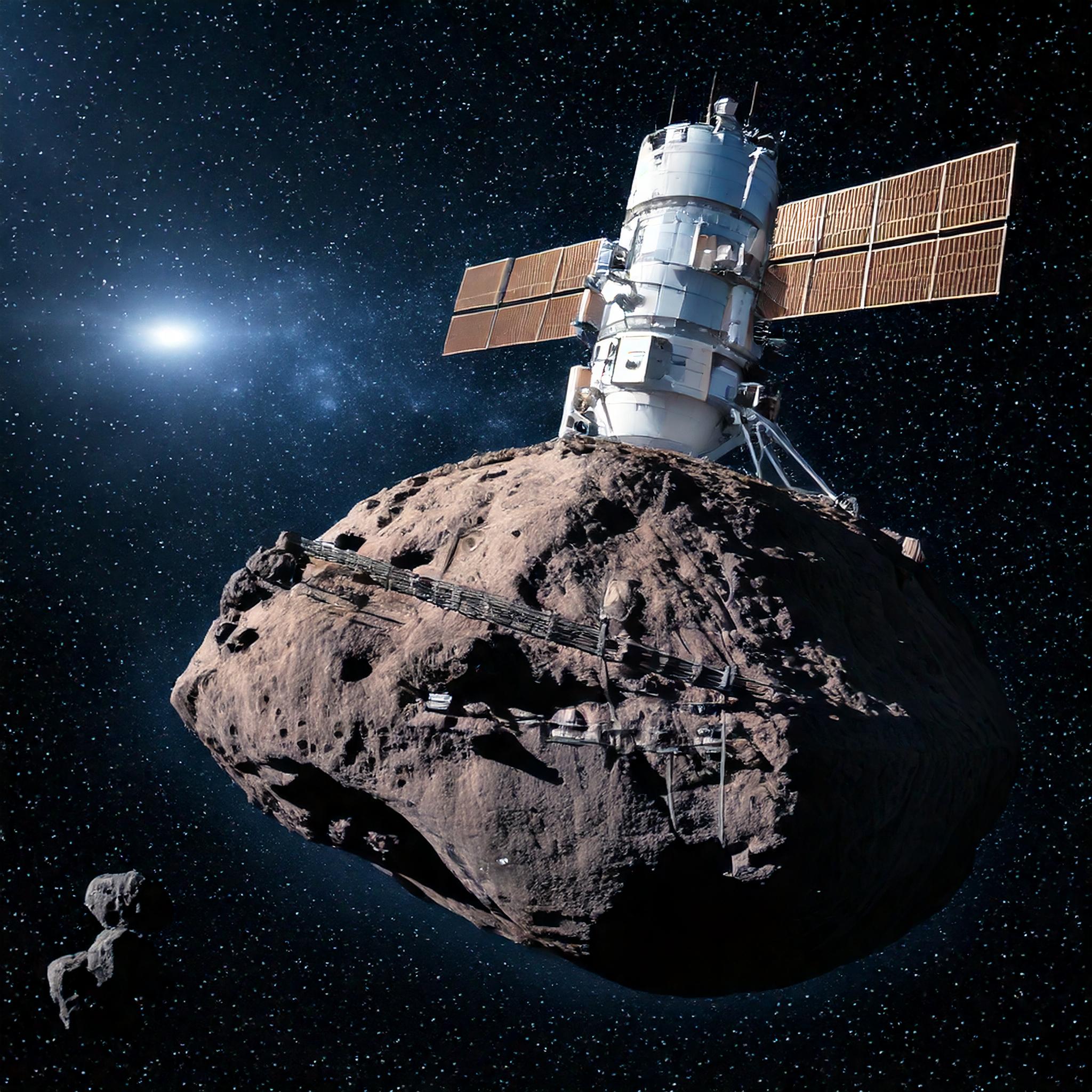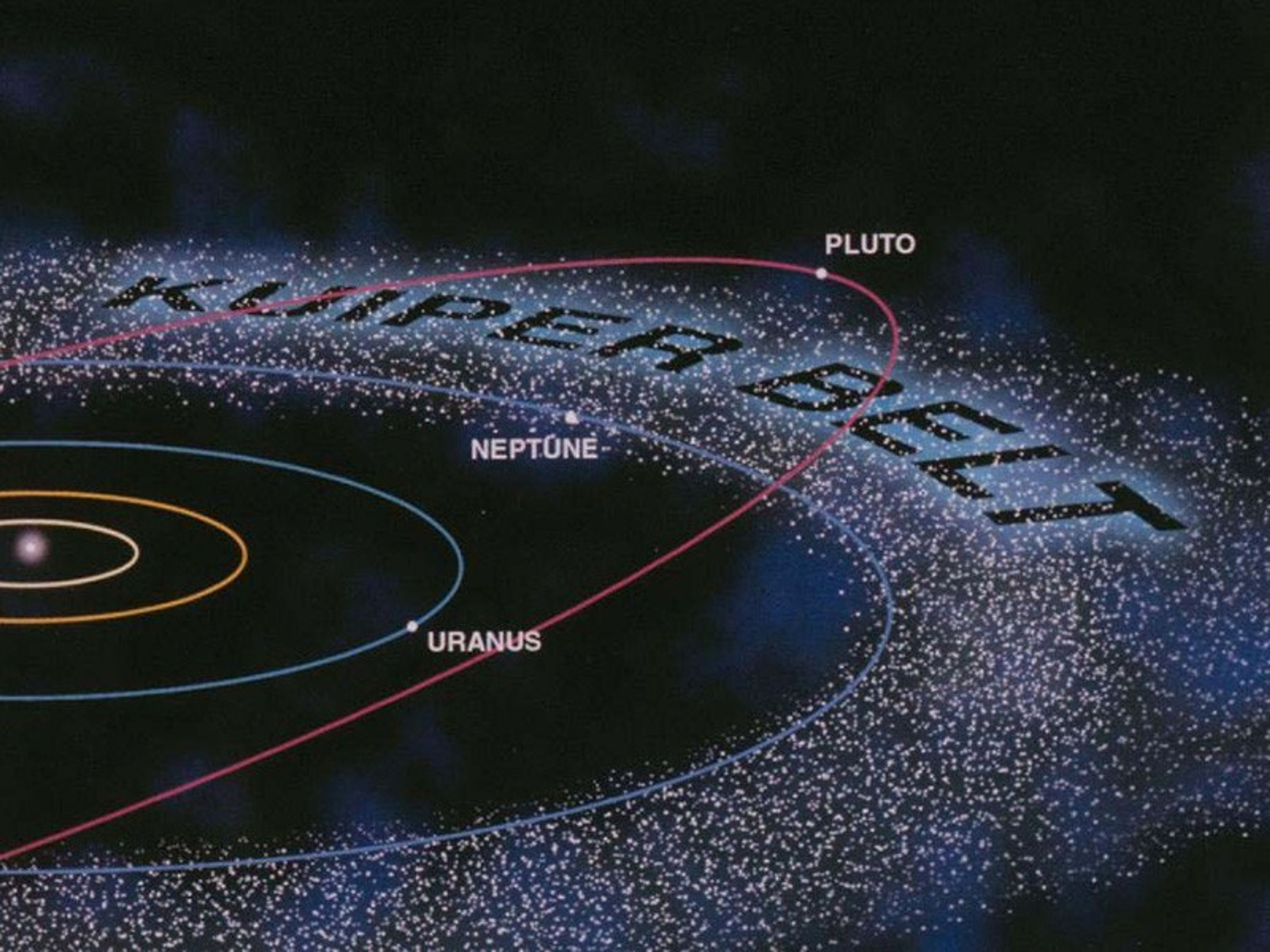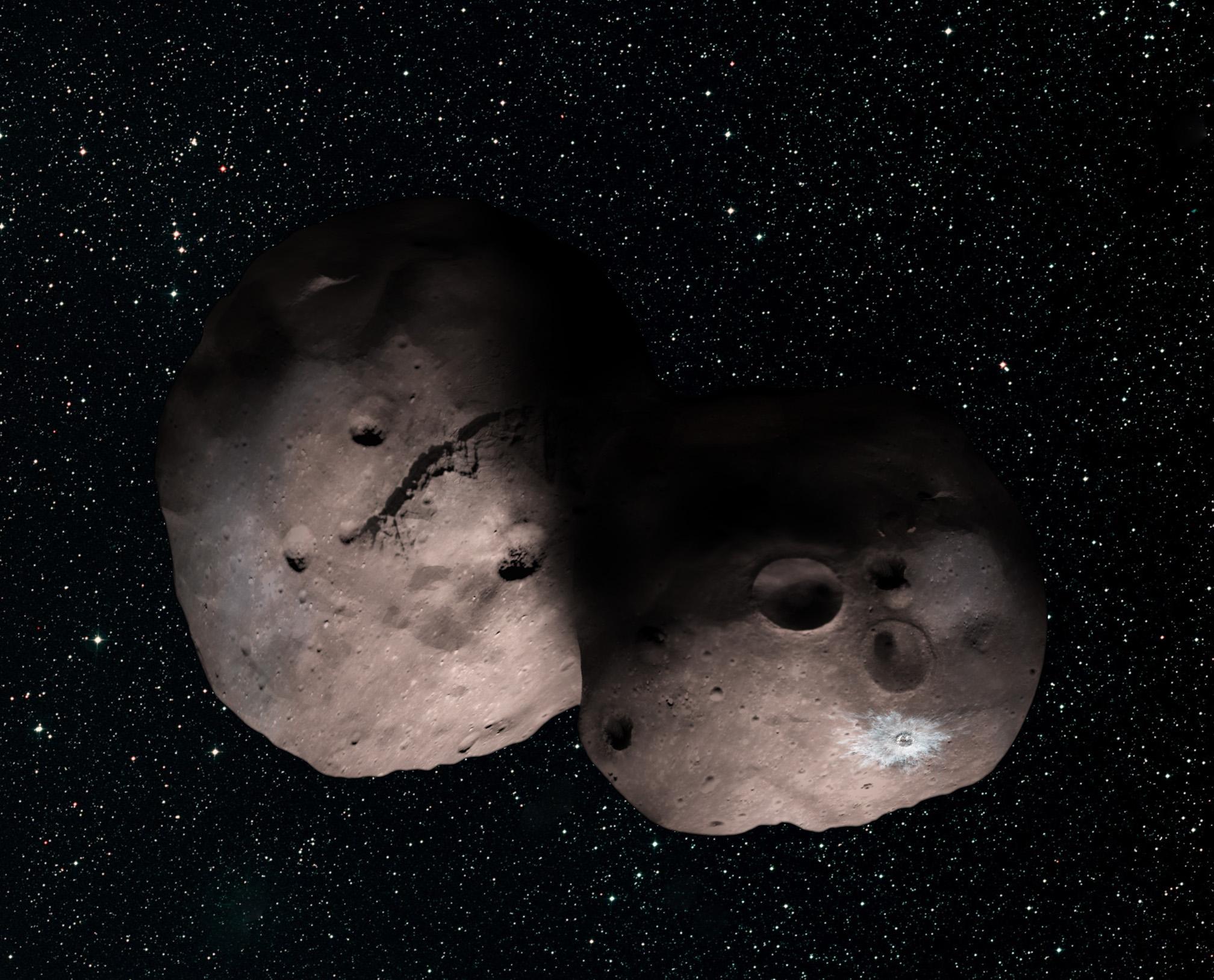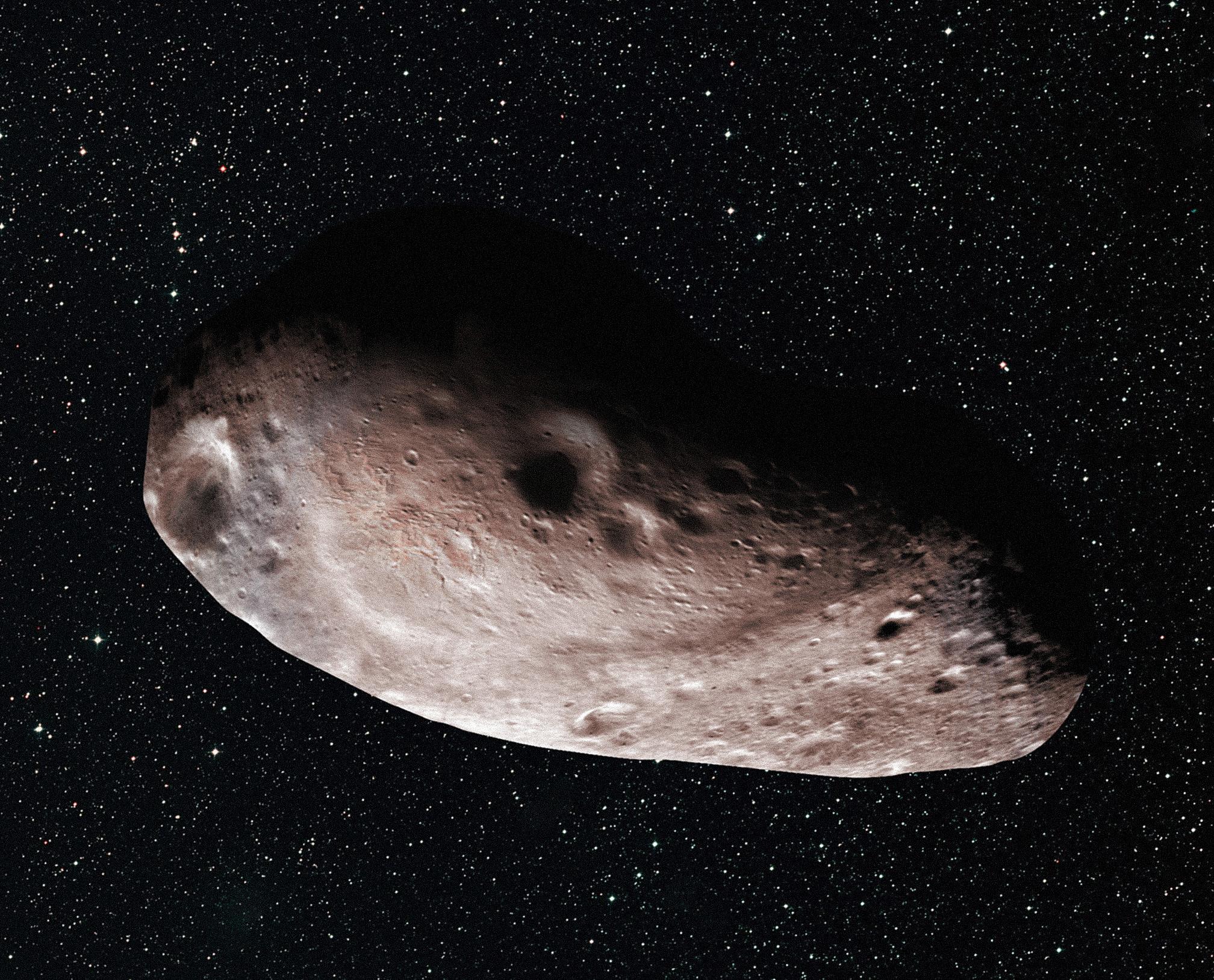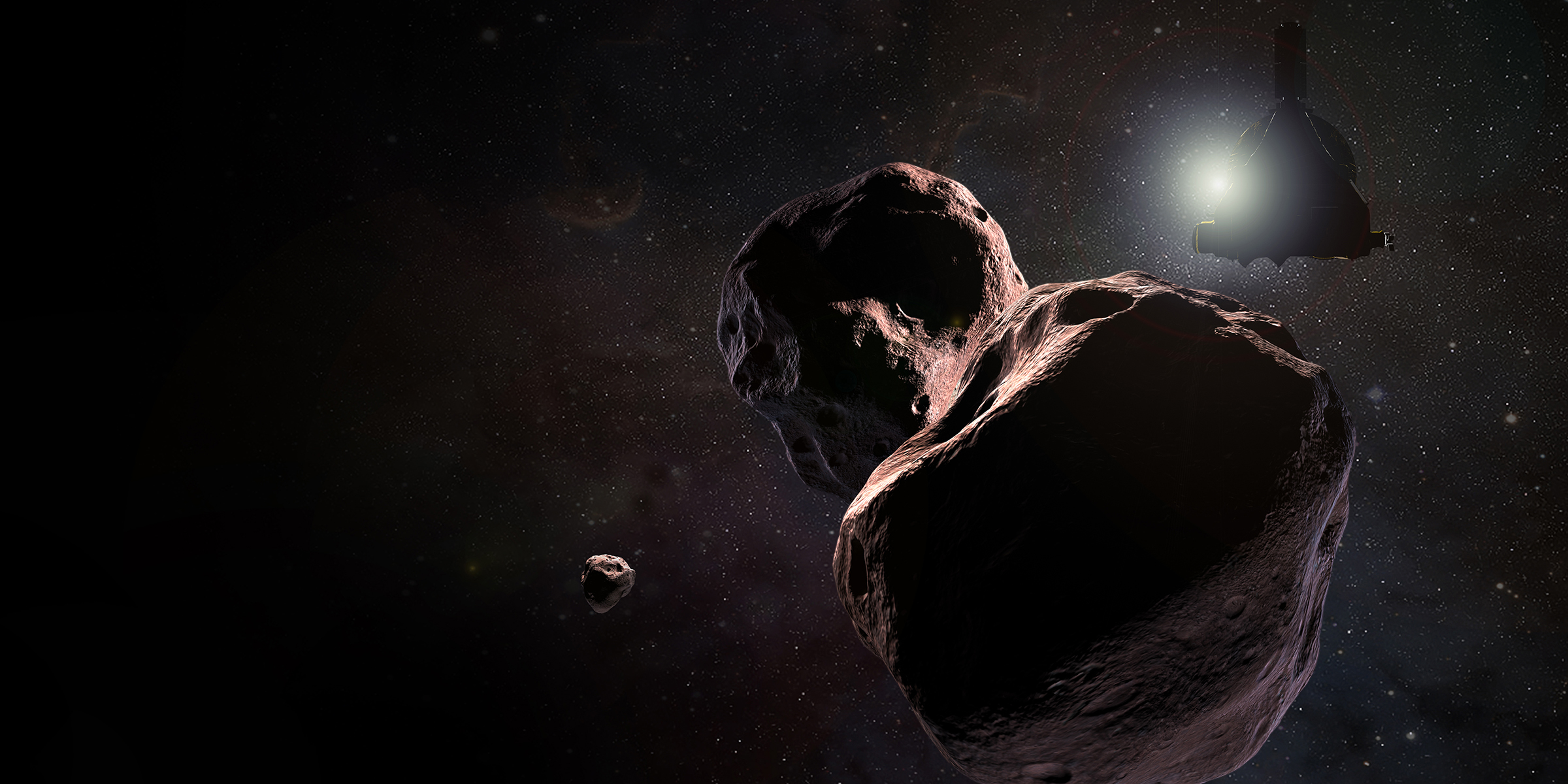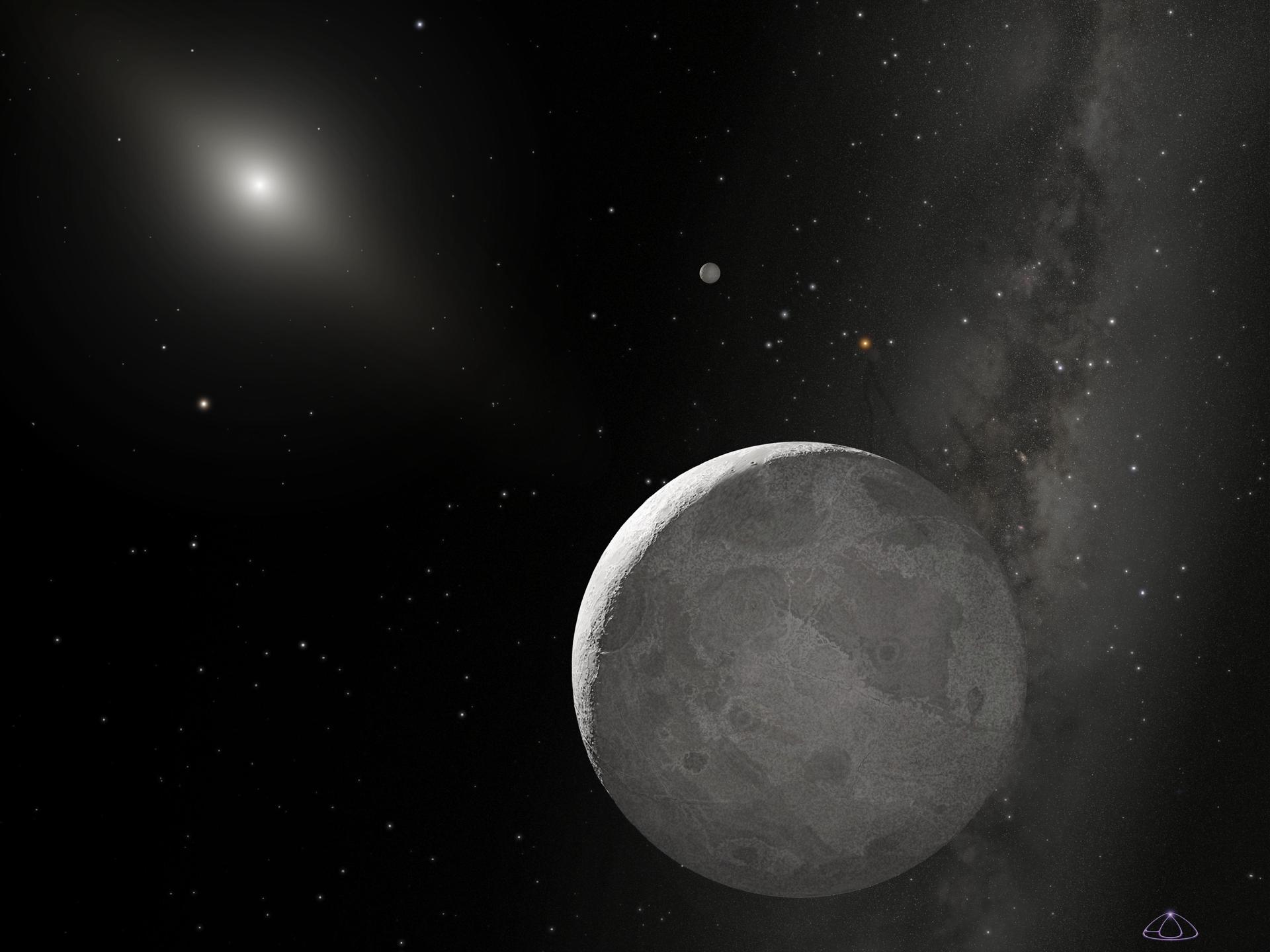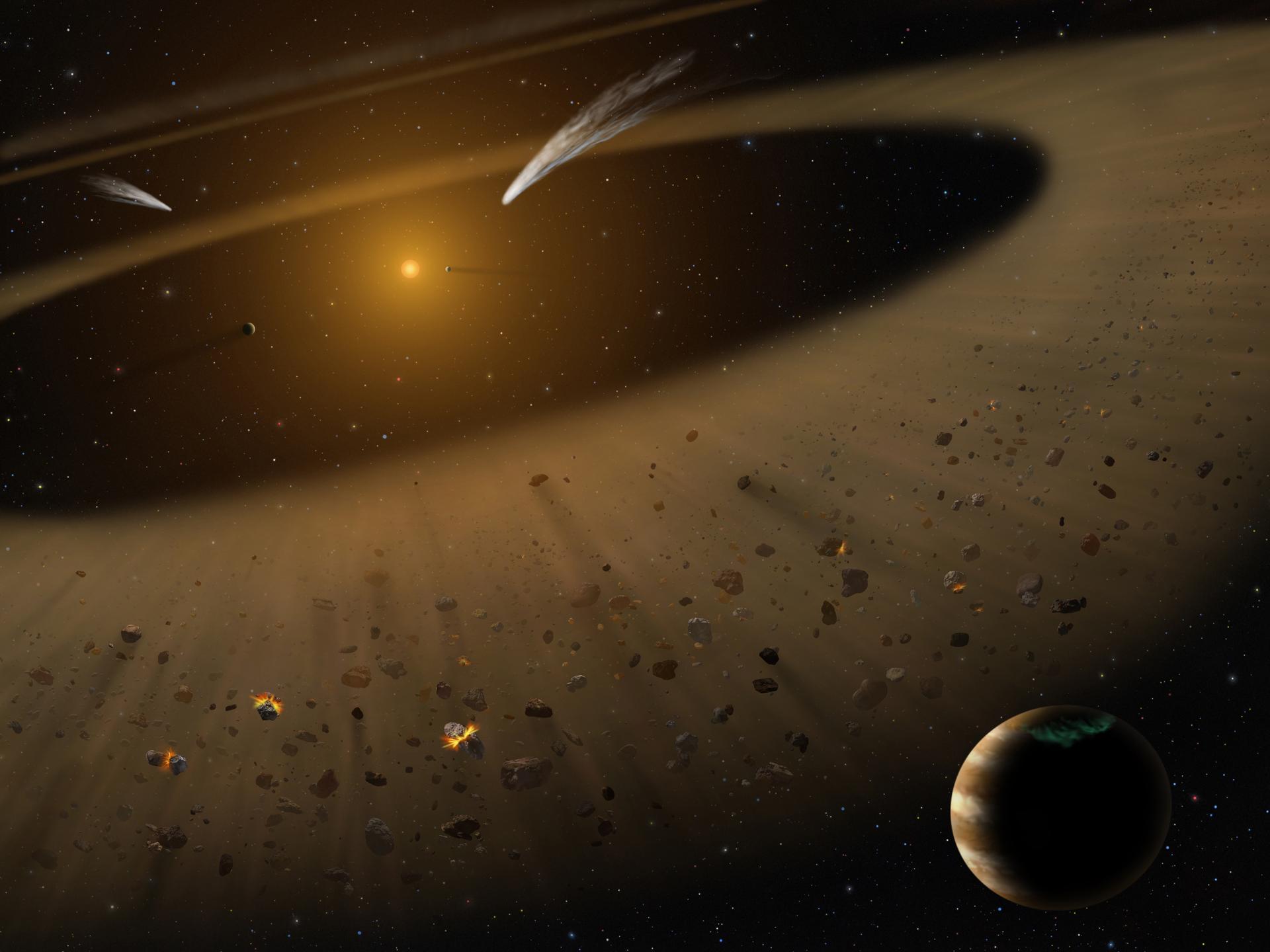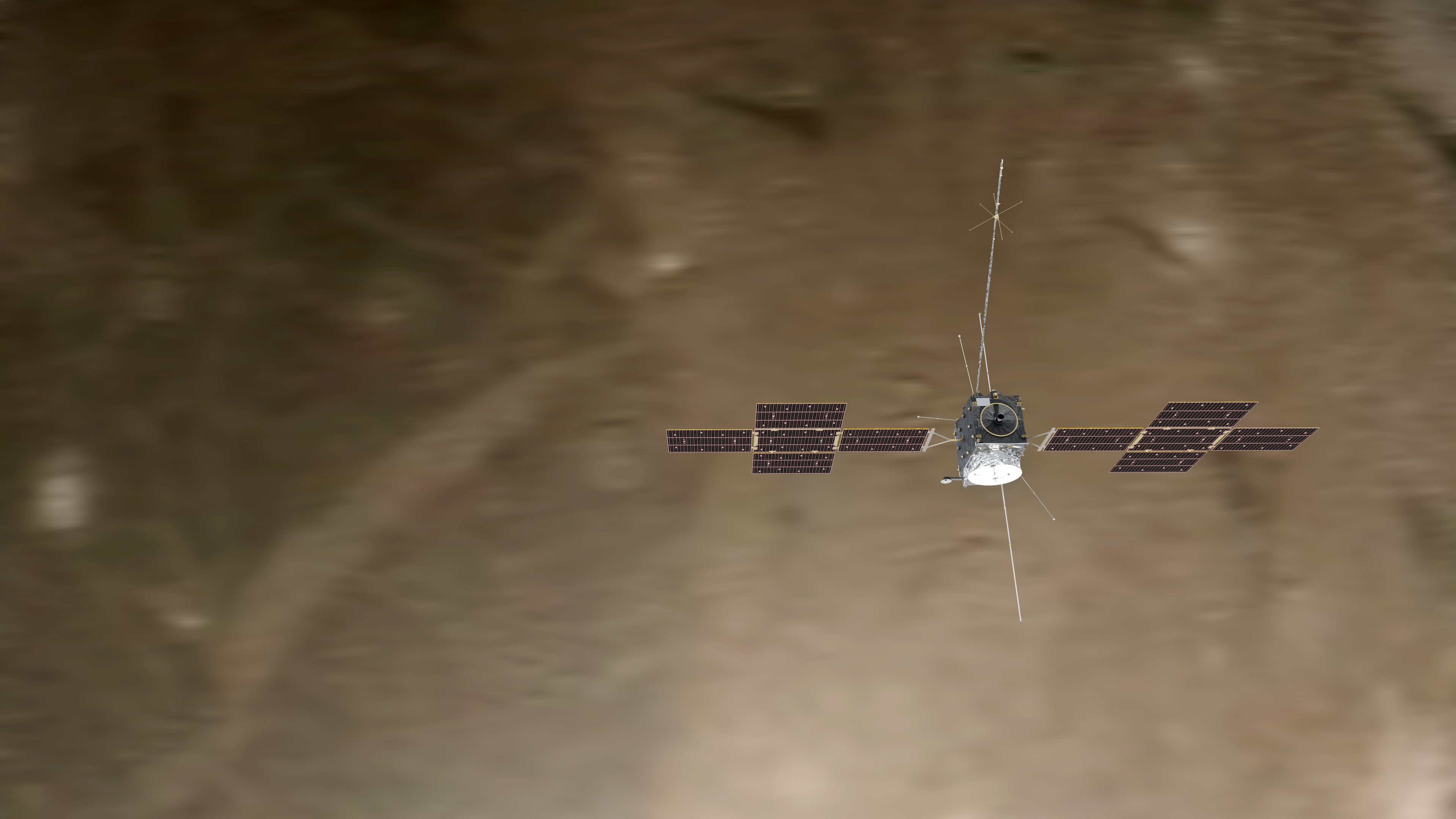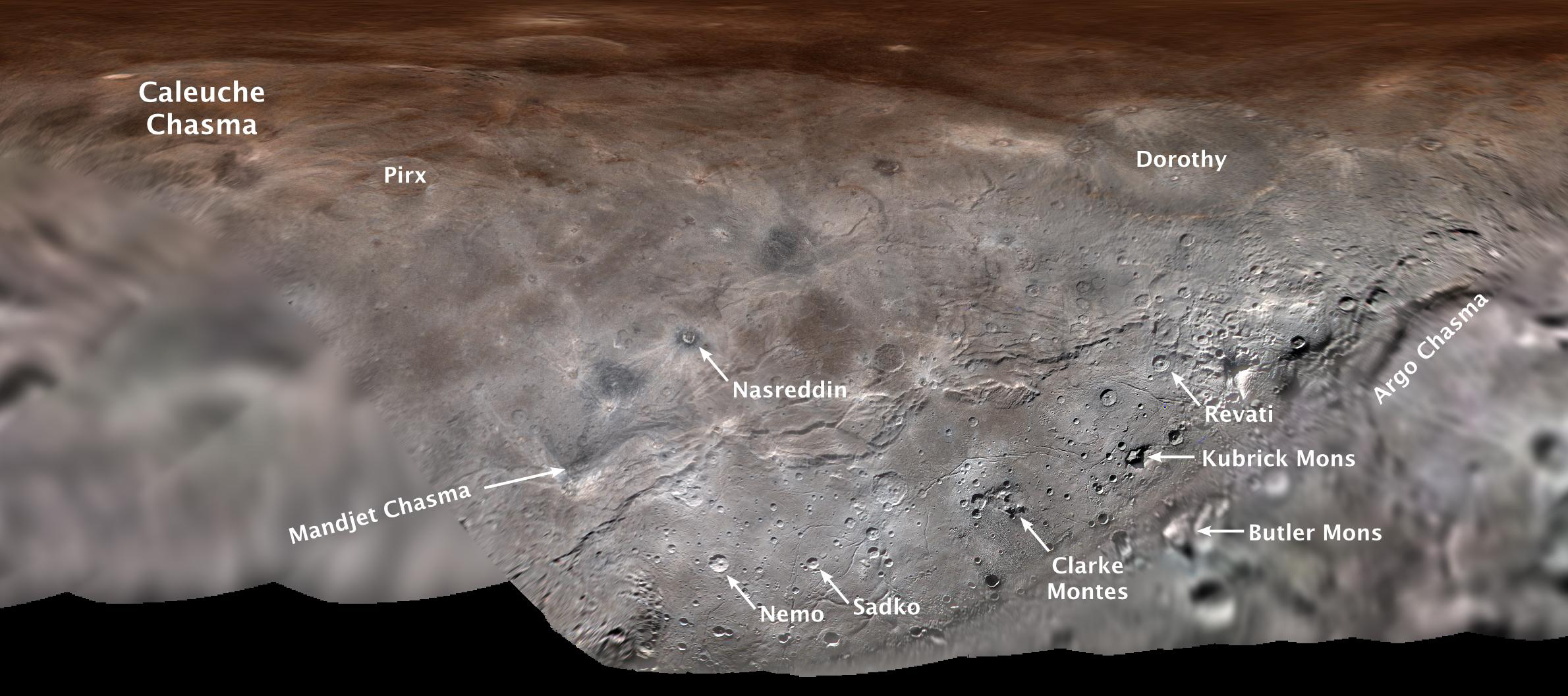The Kuiper Belt
Overview
| Location: | The Kuiper Belt is a region of the solar system that lies beyond Neptune, roughly between 30 and 50 astronomical units (AU) from the Sun (1 AU is the average distance between Earth and the Sun). |
|---|---|
| Size: | The Kuiper Belt is a region of the solar system that lies beyond Neptune, roughly between 30 and 50 astronomical units (AU) from the Sun (1 AU is the average distance between Earth and the Sun). |
| Surface Temperature: | n/a |
| Athmospheric Composition: | n/a |
| Athmospheric Pressure: | n/a |
| Orbital Duration: | n/a |
| Named After: | Gerard Peter Kuiper (Astronomer) |
| Remarks: | The Kuiper Belt is the Origin of Comets in the Solar System. Many short-period comets (those that take less than 200 years to orbit the Sun) originate from the Kuiper Belt. These comets are sometimes referred to as "Kuiper Belt Comets." |
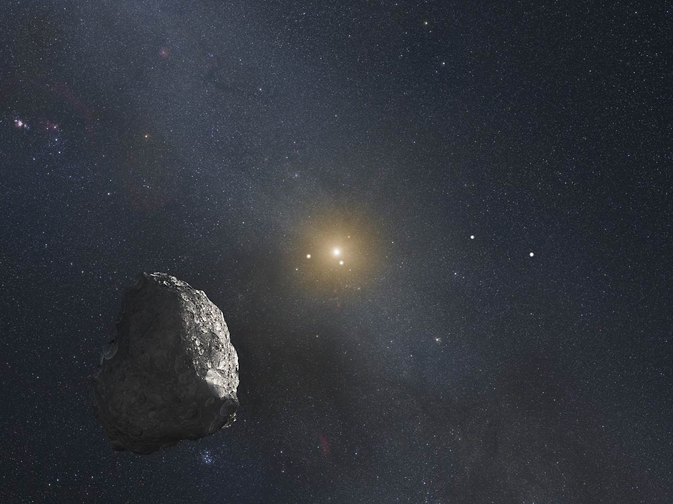
Overview
The Composition of the Kuiper Belt primarily made up of small, icy bodies, including dwarf planets, comets, and other frozen objects. The Kuiper Belt is often considered a "leftover" region of the solar system, containing objects that never coalesced into planets. Several dwarf planets, such as Pluto, Haumea, Makemake, and Eris, are located in the Kuiper Belt. Pluto, once considered the ninth planet in our solar system, was reclassified as a dwarf planet in 2006.
Beyond the Kuiper Belt – The Scattered Disk: The region just beyond the Kuiper Belt, called the scattered disk, contains objects that are more loosely bound to the Sun and have more eccentric orbits. The objects in the scattered disk are thought to have been scattered outward by gravitational interactions with Neptune.
Kuiper Belt and Oort Cloud: The Kuiper Belt is sometimes compared to the Oort Cloud, a distant, spherical region of icy bodies thought to surround the solar system at an even greater distance. However, the Kuiper Belt is much closer and is part of the solar system’s "inner" edge, while the Oort Cloud lies much farther out.
Theories on Formation: The Kuiper Belt is believed to have formed from the leftover material after the formation of the solar system. It may have originally been much closer to the Sun but was pushed outward by the gravitational influence of Neptune.
Imagining a Colony in the Kuiper Belt
As of now, the colonization of the Kuiper Belt is a concept that remains purely speculative and theoretical. There are no current missions or plans to colonize this distant region of the solar system. However, there are some interesting scientific and technological discussions around the idea of human expansion into the outer solar system, including the Kuiper Belt, in the far future.
Environmental Challenges
The Kuiper Belt is in Deep Space, wich comes with it's own set of limitations:
- Harsh Environment: The Kuiper Belt is extremely cold, with temperatures dropping as low as -200°C (-328°F). Any colonization efforts would require advanced life support and habitats capable of sustaining human life in such an environment.
- Radiation: The outer solar system is bombarded with cosmic radiation, and the lack of a strong magnetic field like Earth's makes it a dangerous environment for human habitation. Radiation shielding would be essential.
- Limited Solar Energy: The farther from the Sun you go, the weaker solar radiation becomes, making solar power less viable. Alternative power sources, such as nuclear or advanced fusion energy, would likely be necessary for any long-term colonization effort.
Possible Colony Design
Instead of colonizing entire planets or moons in the Kuiper Belt, one possibility might be the establishment of research stations or outposts on large Kuiper Belt objects like Pluto, Eris, or Haumea. These could be used for scientific study, resource extraction, or as waypoints for further exploration of the outer solar system. These stations would likely be robotic initially, with human missions sent only later, once the technology for such long-duration space travel and habitation is perfected.
Functionality and Purpose
Establishing colonies or research stations in the Kuiper Belt could offer valuable insights into the early solar system, the formation of planets, and even the potential for life beyond Earth. Resource Extraction is also a pretty great outlook for the Kuiper Belt. It contains many icy bodies that could provide important resources, such as water and minerals, which could be used for fuel, life support, or building materials for further space exploration. Depending on Humanitys outlook a Strategic Outposts in the Kuiper Belt is also a possibility. A staging point for missions to more distant regions, such as the Oort Cloud and even interstellar exploration.
Commercial and Industrial Exploitation
An important Role for Private Companies! As space exploration becomes more commercialized, private companies like SpaceX, Blue Origin, and Axiom Space might push the frontier beyond Earth’s orbit, potentially setting the stage for future human missions to the Kuiper Belt. However, colonization in the near future is more likely to focus on closer destinations.
